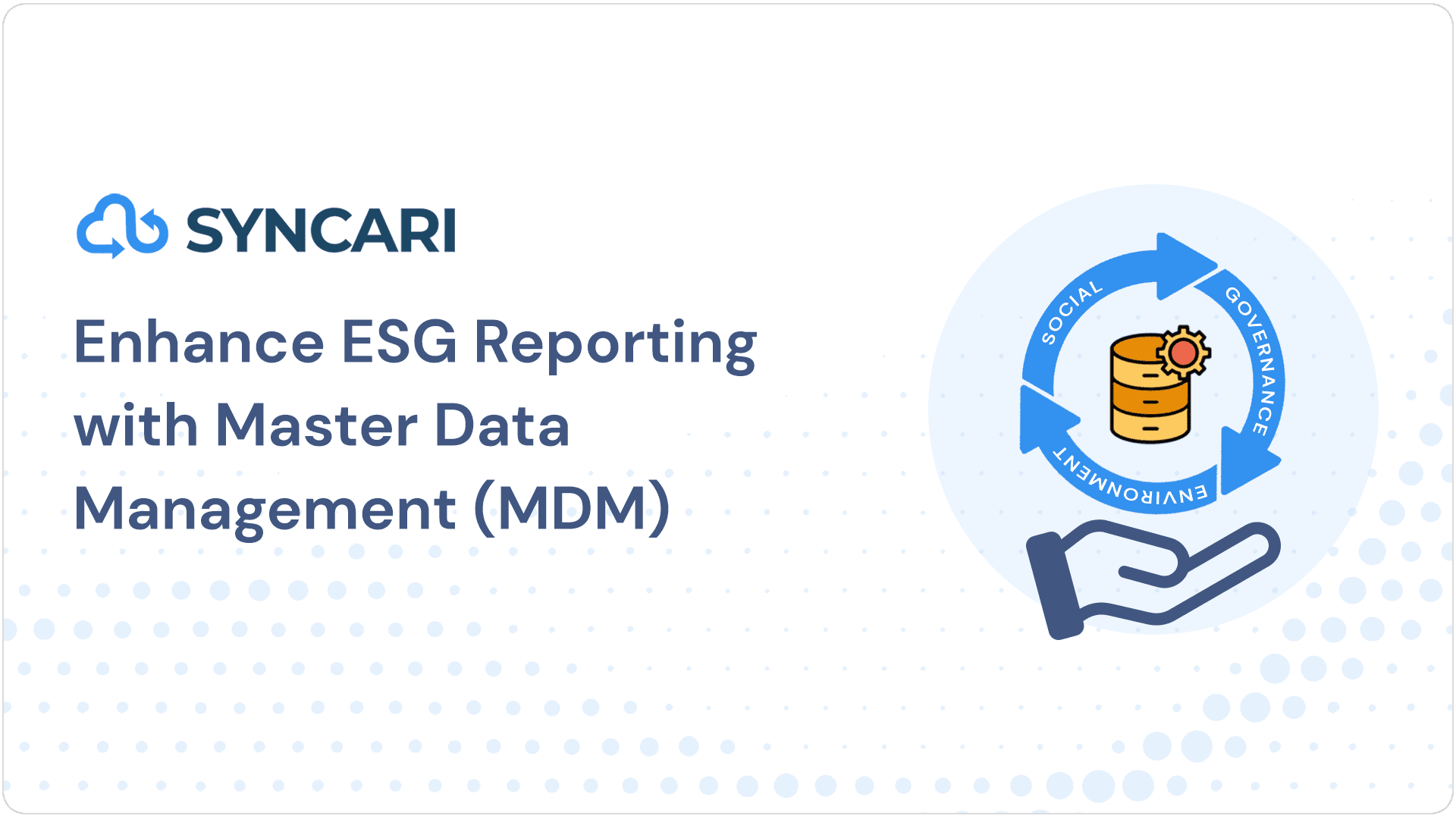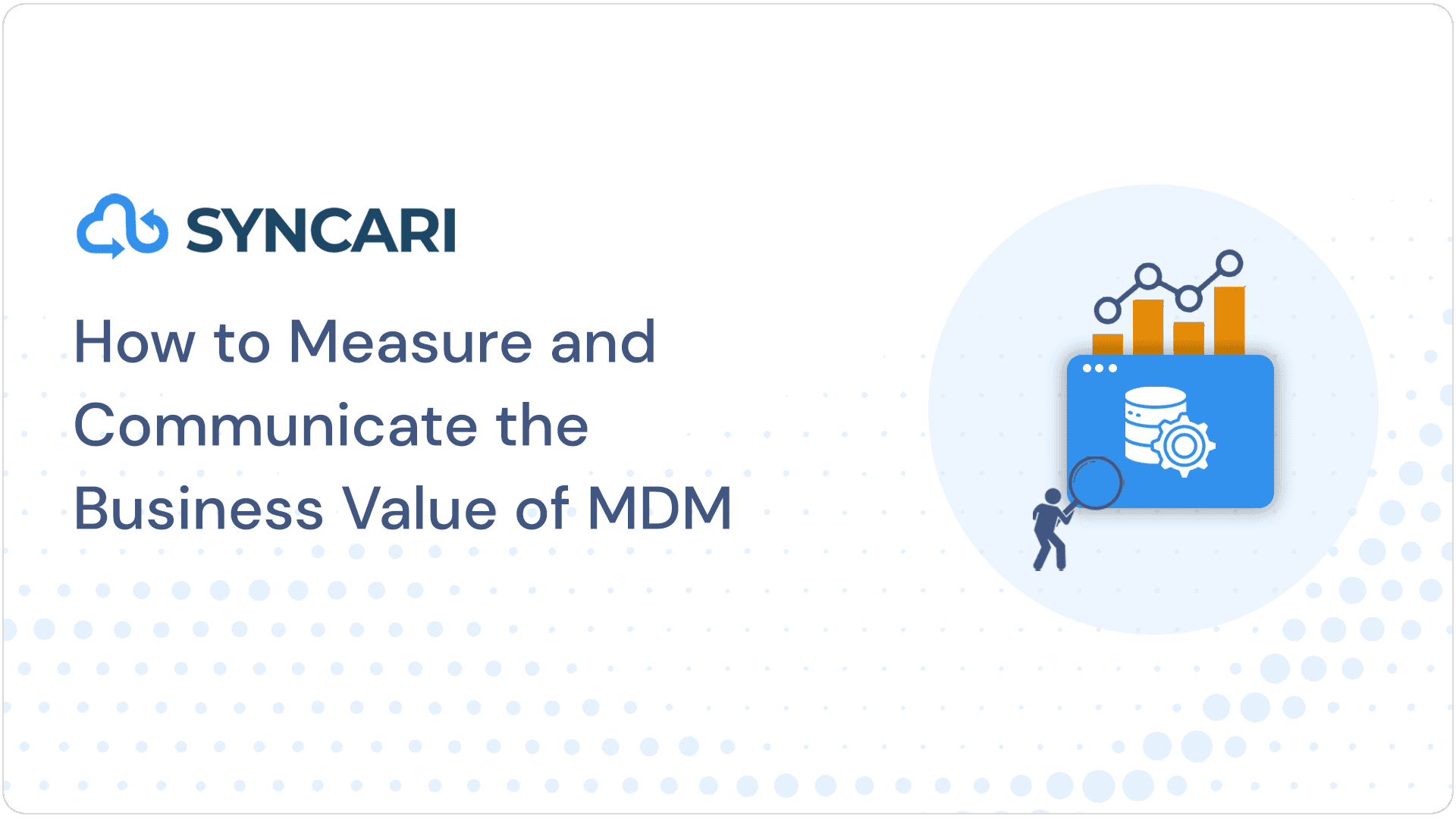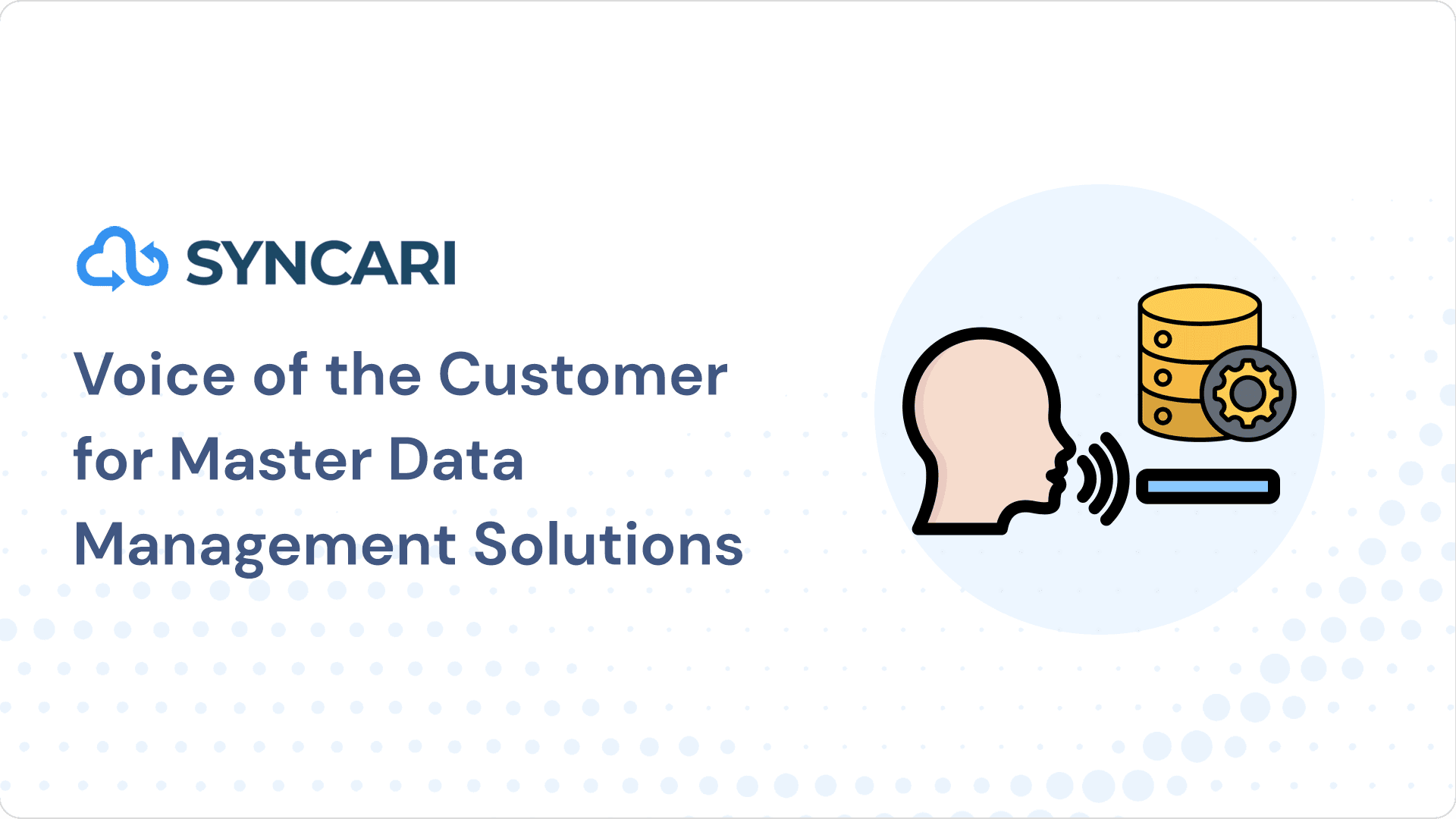Picture this: a team of professionals, each armed with their own CRM system, are working tirelessly to manage customer relationships, streamline processes, and fuel the growth of their organization.
Yet, there’s a twist in this tale of efficiency and – the company isn’t utilizing one CRM, but two.
Yes, you heard it right.
Two CRMs coexisting under the same roof, seemingly redundant, and potentially counterproductive. How does a business find itself entangled in this double CRM dilemma? The answer lies at the crossroads of corporate evolution, acquisitions, and the complexities of migration.
In an ideal world, a singular Customer Relationship Management (CRM) system would be the cornerstone of any company’s success, harmonizing data, automating workflows, and providing a unified interface to nurture and nourish customer connections.
But reality often takes a different course. Imagine a scenario where a growing enterprise, driven by expansion and acquisitions, finds itself in a multi-CRM landscape. Different business units, each with its unique systems, processes, and legacy tools, are now operating side by side, leading to the unexpected persistence of the dual CRM phenomenon.
The thought of integrating these disparate systems might invoke a sense of impending chaos – migration challenges, data integrity concerns, training headaches, and potentially, business disruption.
So, what does a forward-thinking organization do when faced with the quandary of sticking to two CRMs, despite the apparent redundancy?
Integrate both CRMs with the help of in-house marketing operations experts or outsourcing their migration to MOps experts. For the latter, you must know the tips and tricks to choose the right marketing ops agency for your business. When choosing a marketing agency, prioritizing a strong client onboarding process is crucial for ensuring a smooth start and long-term success, as it sets the foundation for effective communication and goal alignment.
For businesses using HubSpot and Salesforce CRM, integrating these act as a pivotal strategy to streamline their operations.
In this comprehensive guide, we’ll delve deep into the intricacies of this integration, providing you with a step-by-step roadmap to success.
The Why Behind HubSpot-Salesforce Integration
Benefits of Integration
HubSpot CRM and Salesforce integration isn’t just about connecting platforms; it’s about connecting data and strategies.
Experience a single source of truth, enhanced lead tracking, unified reporting, and more. This integration empowers you to amplify marketing efforts and foster meaningful customer relationships.
Navigating the Integration Journey: Step-by-Step
Step 1: Preparing for Integration
- Define Objectives: Start by clearly outlining your integration objectives. What do you aim to achieve by bridging HubSpot and Salesforce? Is it about streamlining lead transfer processes, creating comprehensive reports, or unifying customer profiles?
These objectives serve as your guiding stars throughout the integration process, helping you make informed decisions and prioritize tasks accordingly.
- Data Audit: Before merging two CRM powerhouses, it’s essential to ensure that your data is accurate, complete, and up-to-date.
Conduct a comprehensive data audit to identify any inconsistencies, duplicates, or errors lurking within your HubSpot and Salesforce databases. This audit is not only about cleaning up your data but also about ensuring that the information you’re integrating is of the highest quality.
- Data Mapping: One of the critical aspects of successful integration is data mapping. Data from HubSpot and Salesforce may not align perfectly due to differences in fields, structures, and naming conventions.
Define how your data will be mapped between the two systems. This involves identifying which fields from HubSpot correspond to fields in Salesforce and vice versa. Additionally, consider how to handle custom fields and data hierarchies to maintain data integrity post-integration.
Step 2: Setting Up the Integration
Configuration and Authentication
Before data can flow freely between HubSpot and Salesforce, proper configuration and authentication are key. Here’s how to get started:
- HubSpot API Setup: Application Programming Interfaces (APIs) are the gateways that enable different software systems to communicate. In HubSpot, generate API keys that will serve as your authentication credentials. These keys allow access to your HubSpot data and enable secure data exchange between the two CRMs.
- Salesforce Connector: Leverage the power of connectors to bridge the gap between HubSpot and Salesforce. Install and configure the HubSpot-Salesforce connector, a tool that facilitates seamless data transfer and synchronization between the two systems. This connector acts as the bridge, ensuring that your integration efforts are executed smoothly.
Field Mapping and Data Sync
The magic of integration lies in the ability to synchronize data effectively. Here’s how you can achieve this:
- Custom Field Mapping: While the basic fields might find an easy match between HubSpot and Salesforce, custom fields demand closer attention. Define clear guidelines for mapping custom fields between the two CRMs. This involves identifying corresponding custom fields in both systems and ensuring that they align correctly during data exchange.
- Data Sync Rules: Now comes the heart of the matter: data synchronization rules. Establish rules that dictate how different types of data will flow between HubSpot and Salesforce. Lead and contact synchronization is just the beginning; think about lead scoring, task assignments, and other essential processes that require harmonization.
For instance, you might establish a rule that when a lead reaches a specific lead score threshold in HubSpot, it automatically triggers a task creation for your sales team in Salesforce to follow up. These rules ensure that your teams stay aligned and no critical leads fall through the cracks.
- Data Sync Frequency: Consider the frequency of data synchronization. Depending on your business needs, you might opt for real-time updates or scheduled batches. Real-time updates offer the advantage of near-instantaneous data availability, while scheduled batches can help manage system loads during peak usage times.
In this phase, the coordination between HubSpot and Salesforce becomes almost poetic, as data dances seamlessly between the two platforms, orchestrated by the rules and guidelines you’ve set.
Step 3: Launching the Integration
Testing and Validation
Before unleashing the integrated power of HubSpot and Salesforce onto your organization, it’s essential to ensure that everything works seamlessly:
- Sandbox Testing: Conduct rigorous testing in a sandbox environment, a replica of your live systems. This allows you to identify and address any potential hiccups before they impact your actual data and processes. It’s a crucial step to iron out any kinks and refine your integration setup.
- Data Flow Monitoring: During the initial integration period, keep a close eye on the movement of data between HubSpot and Salesforce. Set up monitoring mechanisms to track data sync, identify any anomalies, and ensure that information is flowing correctly. This proactive monitoring will help you catch and rectify any issues promptly, minimizing disruption to your operations.
Team Training
As your integration journey culminates, it’s vital to ensure that your teams are well-equipped to harness the benefits of this collaboration:
- End-User Training: Provide comprehensive training sessions for your teams to navigate and leverage the integrated HubSpot and Salesforce systems. This training should encompass the ins and outs of data entry, data retrieval, lead management, and reporting within the integrated environment. Empower your teams to confidently make the most of the new capabilities at their fingertips.
Step 4: Optimization
Data-Driven Insights
Integrated systems offer a goldmine of data-driven insights that can shape your business strategy and elevate your decision-making process:
- Reporting and Analysis: Leverage the combined power of HubSpot and Salesforce data to generate comprehensive reports that unveil a panoramic view of your sales and marketing efforts.
Measure lead conversion rates, pipeline growth, and campaign performance with a depth of insight that was previously unattainable. This integrated reporting equips you with a clear understanding of what’s working and where improvements are needed.
- Personalization: The integrated data now at your fingertips empowers you to create marketing campaigns that resonate on a personal level. Utilize the integrated information to segment your audience effectively and deliver targeted messages.
Craft personalized customer experiences that foster deeper connections and drive engagement, ultimately boosting conversion rates and brand loyalty.
Workflow Automation
Automation is the engine that propels your integrated systems to new heights, delivering operational efficiency and customer delight:
- Workflow Refinement: Fine-tune your marketing workflows to perfection. Automate lead nurturing, follow-ups, and engagement sequences based on real-time data triggers. With integrated systems, you can effortlessly guide leads through their journey, ensuring they receive the right messages at the right time.
This not only frees up your teams to focus on strategic tasks but also delivers a seamless and consistent customer experience.
- Data Enrichment: Integrated data means richer customer profiles. Leverage this data to enrich customer information with valuable insights. Know your customers better than ever before – their preferences, behaviors, and pain points. This empowers you to tailor your communications, anticipate needs, and build lasting relationships.
Step 5: Ongoing Maintenance and Enhancement
Regular Data Audits
Your integrated data is the lifeblood of your operations, and keeping it clean and accurate is paramount:
- Data Hygiene: Perform regular data audits to ensure that your integrated data remains consistent, accurate, and free from duplicates or errors. This proactive approach helps prevent data degradation and maintains the reliability of your systems.
Identify and rectify any issues promptly to ensure your business decisions are based on trustworthy information.
- Quality Control: Implement data quality control measures to maintain the integrity of your integrated data. Set up validation rules, data enrichment routines, and data normalization processes to ensure that your data remains in top-notch condition.
This not only boosts the efficiency of your workflows but also enhances the overall customer experience.
Stay Updated
Technology evolves rapidly, and both HubSpot and Salesforce frequently release updates that could impact your integration:
- Platform Updates: Stay informed about updates and changes to HubSpot and Salesforce. Regularly review release notes and communications from both platforms to understand how updates might affect your integrated systems.
Make any necessary adjustments to your integration setup to ensure continued compatibility and optimal performance.
Common Integration Pitfalls
- Data Duplication: Without robust deduplication strategies in place, you risk drowning in a sea of confusing and redundant data. Duplicate records not only skew your analytics but also create confusion for your teams and customers.
Implement comprehensive deduplication protocols that proactively identify and resolve duplicate records, maintaining the integrity of your integrated data.
- Incomplete Mapping: Field mapping is the bridge that connects data between HubSpot and Salesforce. An oversight in field mapping can lead to incomplete or inaccurate data transfer, causing chaos in your integrated systems.
Take the time to meticulously map every field and attribute to ensure seamless data alignment. This attention to detail prevents data loss and ensures your integration serves its purpose effectively.
- Insufficient Training: The greatest technology is only as effective as the users who wield it. Failing to adequately train your teams on how to navigate and leverage the integrated systems can result in underutilization and missed opportunities.
Invest in comprehensive training sessions that empower your teams to confidently harness the capabilities of the integrated environment, unlocking its full potential.
- Neglecting Maintenance: Integration is not a one-time endeavor; it requires continuous upkeep. Neglecting routine maintenance can lead to data degradation and operational inefficiencies. Regularly audit, clean, and validate your integrated data to ensure its accuracy and quality.
Additionally, stay updated with platform changes and updates from both HubSpot and Salesforce to maintain the compatibility of your integration.
Conclusion
HubSpot to Salesforce CRM integration is not merely a technical process; it’s a strategic move that can revolutionize your marketing operations.
By aligning systems, you unlock new possibilities for efficiency and customer engagement.
Looking to get the benefit of external marketing ops assistance for your HubSpot CRM and Salesforce integration? fractional CMO is the right partner. We help demand gen and revenue ops leaders drive what matters most – Results.
Here’s one success story: Parley Pro implemented their HubSpot CRM to Salesforce integration with fractional CMO. Read more
Embrace the power of integration and embark on a journey toward marketing ops excellence with us.


